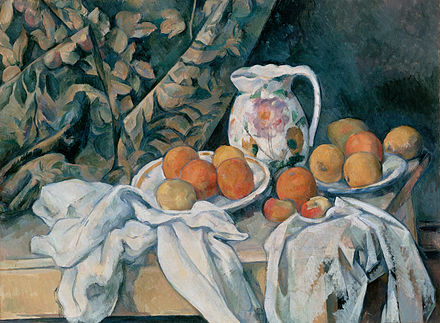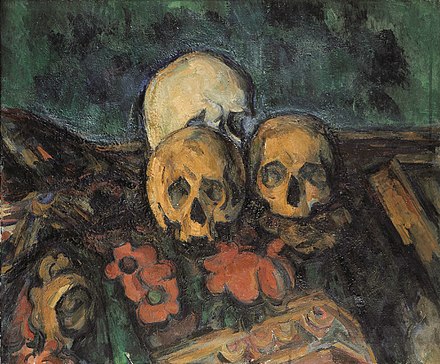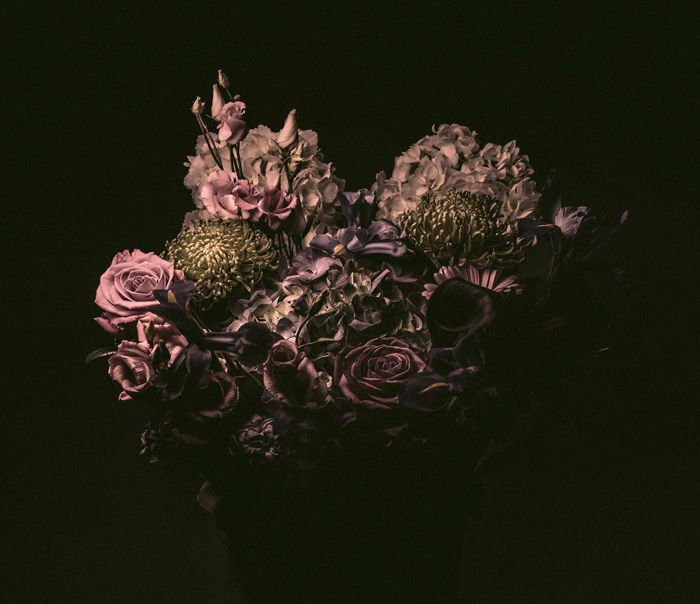Still Life is the term used to describe the capturing of a still image within a moment of life. These tend to have hidden stories or meanings within them; including connotations of death, nature and the passing of time.



“Memento Mori” coming from the latin for ‘Remember that you must die’ ultimately describes the third image shown. The skull symbolises this reminder and subconsciously makes people braver to thought of death. This image also shows other symbols of still life including the passing of time. The flower pictured could show the beauty that life can bring, the candle almost entirely burnt up could show the ending of life’s light before the darkness and the compass could be used to describe the inevitable direction that humanity must follow to find everlasting peace.
Themes and symbols used in Still Life could be as follows:
- Death (eg. a skull or burnt out candle)
- Passing of time (eg. a watch or sand timer)
- Nature (eg. plants or animals)
Still Life Artists
Paul Cézanne was a French artist that shaped the ideas of still life imagery and impressionism as it changed from the 19th to 20th century. His artwork consists of paintings depicting these typical themes of still life. (shown below)


This style of art has evolved through history from sketches, to oil paintings and now in the modern era within photography. Jonathan Knowles is a modern photographer specialising in still life photography. He uses a unique lighting technique and style to create images similar to what is shown below. Despite the clear differences in clarity and style of art, both Cézanne and Knowles return to the typical symbols of still life (nature and death)

